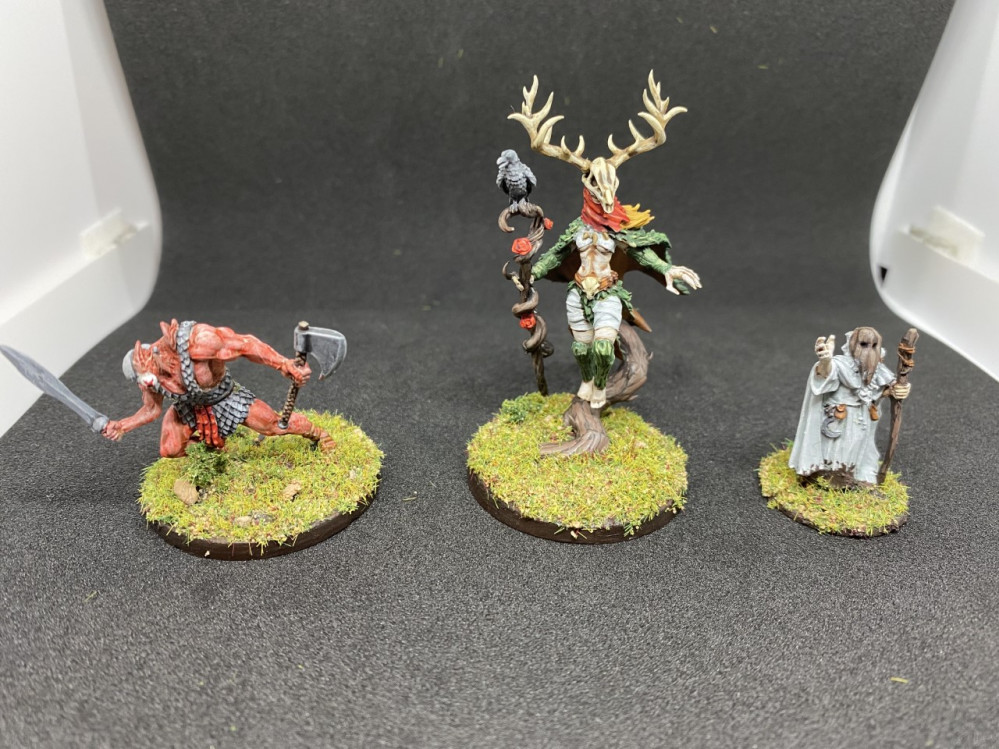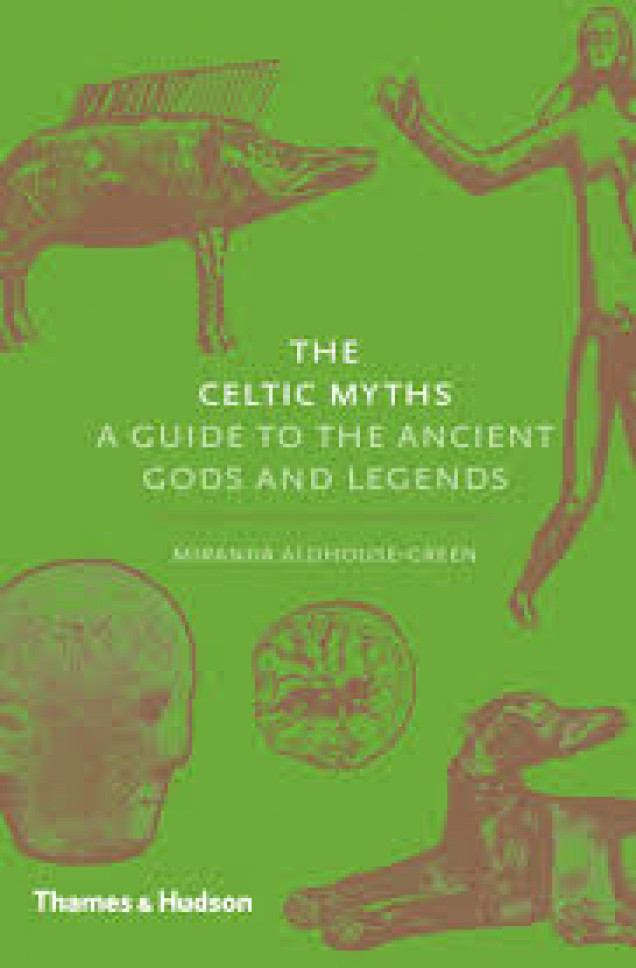
Spring Clean 2021 - Totally historically accurate fantasy Celtic army
Review: The Celtic Myths by Miranda Aldhouse-Green - Chapter 1
This was another book that I found while browsing the shelves in my local Waterstones. It cost £14.95.
Rather than read and review the entire book, I’ve decided to cover the book chapter by chapter as I read it.
This book is mainly focused on medieval Celtic myths from Wales and Ireland. This is because the Iron Age Celts left very few records for us to piece together their myths from. However there is evidence to support the theory that Iron Age mythology will have influenced medieval mythology, so studying the later mythology is going to be the best we can do.
The first chapter covers some of the key concepts in Cetlic mythology. Monsters that are a hybrid of various animals or animals and humans are common. This could provide plenty of modelling opportunities for monsters in my project.
Another recurring theme is magical cauldrons. Stories of cauldrons that can provide magical healing or even reanimate the dead feature in Celtic mythology and may be the source of various legends of healing drinks (Holy Grail?) and the stereotypical witch’s cauldron and magic potions. This is another great modelling possibility for my project.
Three was considered a holy number in Celtic mythology, with many gods having three separate incarnations. There are also archaeological findings of three faced stone heads that could have been involved in communing with spirits.
I believe I have already touched on decapitated talking heads in a previous book review. The Celts believed that the spirit lived in the head and there are several myths that involve talking decapitated heads or characters using decapitated heads.
Another interesting aspect of Celtic mythology is the prevalence of characters being placed under prohibitions and curses. This often takes the form of a character in a myth being cursed, with the curse triggering in the even that they do some prohibited action. Not really something that can be incorporated into a modelling project, but it could form the backstory for a character.









































































Leave a Reply